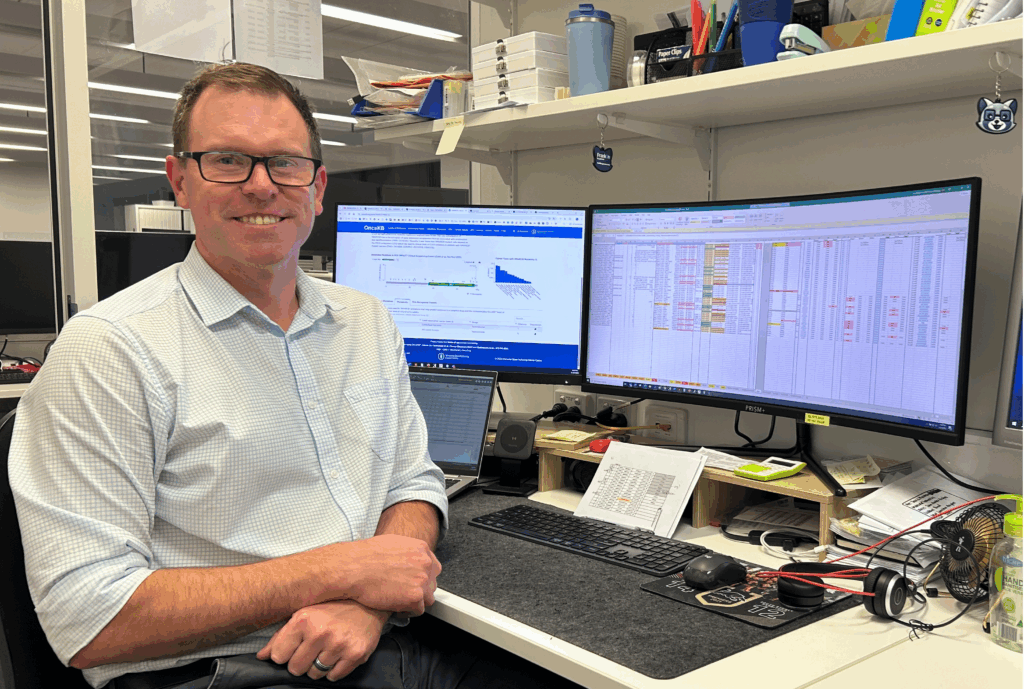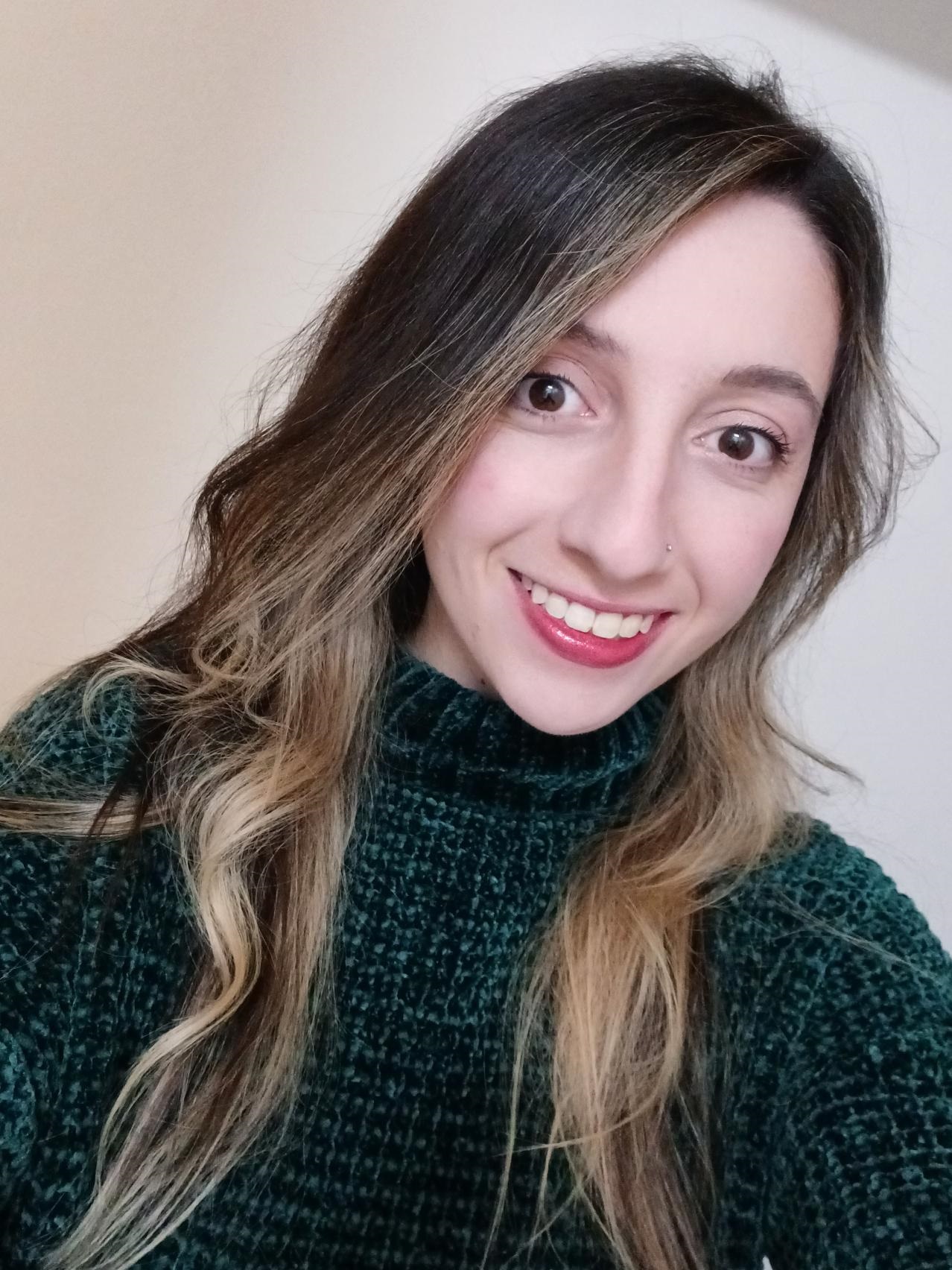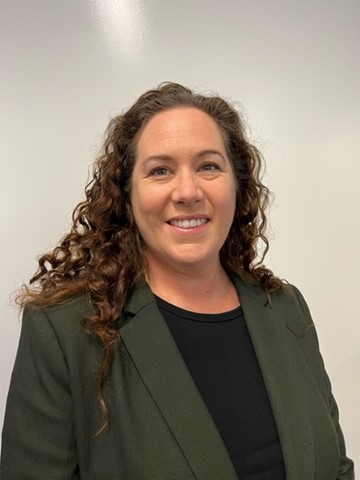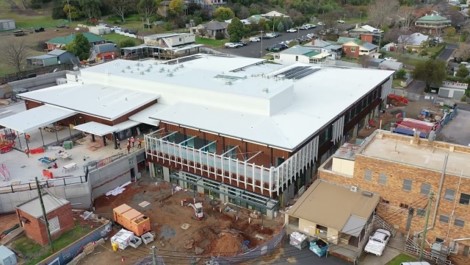In this story
Media Contact

Come behind the laboratory doors and meet some of the scientists behind the work we do every day to keep our communities healthy and safe here at NSW Health Pathology.
Meet Dr Beth Caruana at the NSW Health Statewide Biobank
Tell us about your role and why it matters
I lead the laboratory team at the NSW Health Statewide Biobank, a centralised, high-throughput facility that processes and stores human biospecimens for research across Australia. We’re not just storing tubes we’re delivering high-quality, standardised processing that underpins discoveries in cancer, cardiovascular disease, inflammatory disorders and more. In the past year alone, we’ve added nearly 100,000 new samples to our collection and supported 38 studies across academia, government, and industry.
Our work may not always be visible, but it’s foundational. We’re often the go-to model for other groups looking to establish biobanks or biospecimen collections—researchers come to us because we’ve built a reputation for quality, scale, and trusted expertise.
What was your scientific career path?
I started in academic research, completing a PhD in Biochemistry and Molecular Genetics before moving into the pharmaceutical industry. But it was biobanking—this fascinating intersection of science, logistics and quality that truly hooked me.
Over the last few years, I’ve built a team, integrated automation and rebuilt our core lab processes to handle higher volumes with precision. I didn’t follow a straight path, but I’ve followed the work that matters.
What are you most proud of?
Publishing our protocol in JOVE: Isolating Human Peripheral Blood Mononuclear Cells from Buffy Coats was a huge milestone. The method was developed in response to the ProSPect study’s requirement for high-throughput peripheral blood mononuclear cell isolation. As part of the publication, JOVE filmed the protocol and we partnered with StemCell™ to present the method in a webinar.
It was a proud moment not just for the science but for what it represented in terms of team development and visibility.
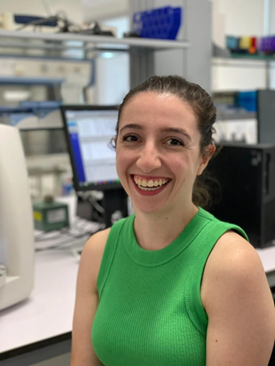
Meet Alexandra Newman – scientist at the Drug Toxicology Unit (photo to come)
Tell us about your role and why it matters
I’m a Scientific Officer at the Drug Toxicology Unit in North Ryde. What we do matters because we are ultimately about protecting lives through reducing the impact of drugs in our community.
What was your scientific career path?
I completed a Bachelor Science degree at Sydney University in 2004. My first scientific job was at Labmark Environmental (now known as Eurofins|mgt) which is an analytical environmental testing laboratory. After some travel, I then started working at the Drug Toxicology Unit in 2009. I have been there now for 16 years.
Share something you are proud of
A proud moment in my career was having a key role in developing a suitable method for the drug analysis of oral fluids collected by the NSW police during roadside drug testing. Our state-of-the-art equipment and rapid testing capabilities enable the NSW Police to increase roadside testing efforts, enhancing road safety across the state.

Meet Lola Hamid – scientist at the Drug Toxicology Unit
Tell us what you do and why it matters
I am a Scientific Officer at the Drug Toxicology Unit- Forensic and Analytical Science Service (DTU.) By providing comprehensive testing to determine the use of illicit substances as well as compliance testing for individuals receiving treatment for drug addiction, our work is critical to the vital operations of our clients including the NSW Police Force, Drug Court of NSW, Corrective Services NSW and various drug rehabilitation facilities throughout the state in order to uphold justice and promote safety in the community.
What was your scientific career path?
I was awarded a Bachelor of Forensic Science (Honours), majoring in Chemistry in 2020. From there, I worked in different labs across Sydney and Melbourne, advancing my skills in extraction techniques and instrumentation used at labs such as DTU, from racing chemistry to workplace and community drug testing.
Share an interesting case you’ve worked on
I am currently working on an interesting project, where we are looking to develop a fully automated comprehensive testing protocol for gamma-hydroxybutyrate (GHB), a nervous system depressant, that can be used recreationally and maliciously due to its relaxation and sedation effects.
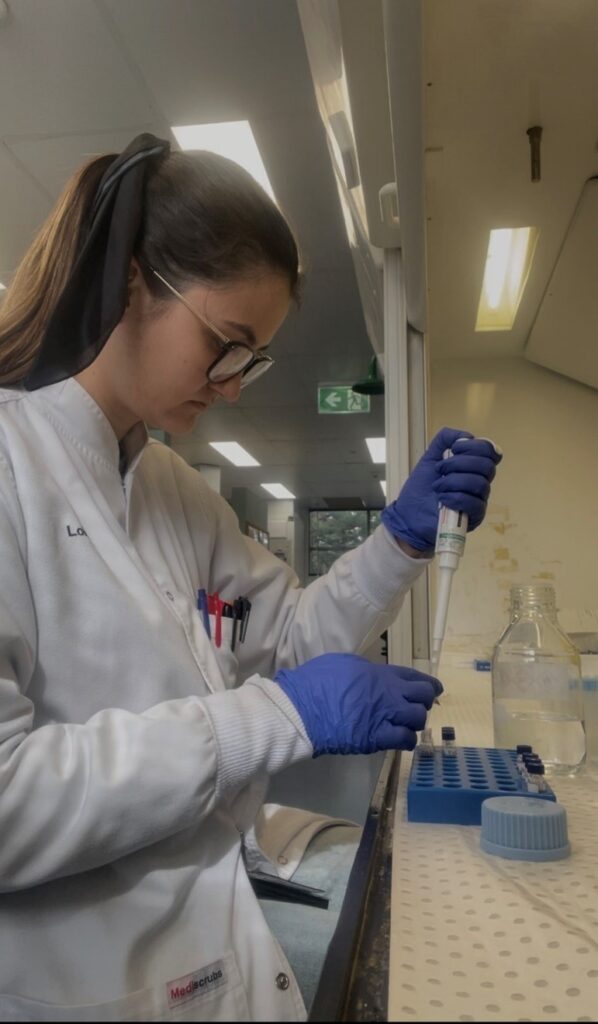
Meet Tiruni Amarasinghe – scientist from Lithgow.
Tell us what you do and why it matters
I am a Medical Laboratory Technician at Lithgow Hospital. The essential testing I perform in haematology, clinical chemistry, microbiology, and transfusion science helps doctors diagnose and treat patients.
What was your scientific career path?
My journey into laboratory science actually started with animals! I began with a Bachelor of Science (Special) in Zoology, followed by a Master of Laboratory Medicine from the University of Tasmania. I recently finished a clinical placement at NSW Health Pathology’s lab at Nepean Hospital, where I rotated through all major pathology disciplines. This hands-on experience combined with the support of amazing mentors helped me transition into my current role and gave me a deep appreciation for the complexity and impact of diagnostic science.
Share an interesting case you’ve worked on
I got to present a haematology case study to the senior team, which was an incredible opportunity to share what I’d learned, receive feedback, and engage in discussion with experienced professionals. It gave me a real sense of belonging in this field and affirmed my passion for laboratory science.

Meet Dominic Fleming – senior scientist from Griffith
Tell us what you do and why it matters
I am the senior scientist in charge of the Transfusion Department in the brand-new laboratory at Griffith Base Hospital. Transfusion is the science behind matching the right blood product to the right patient to treat a wide range of diseases. Patients might need a lifesaving transfusion if they are in surgery, oncology, the emergency department or during their pregnancy.
What was your scientific career path?
I started with university studies in analytical chemistry and working casually in the lab as a casual technical officer, before working in haematology, biochemistry, microbiology and transfusion. I also have a post graduate degree in medical science and data science and progressed to senior scientist in charge of transfusion.
Proudest moment?
I’m so proud of the dedicated team I work with – who show up every day with commitment and integrity. As the scientists behind the diagnosis, every person should be very proud of the work they do for their patients and community.
What would make your job easier?
My job is heavily impacted by blood donations. Without the blood and blood products donated by the community, we would not be able to do the lifesaving work we do. Unfortunately, Australia is facing a donor shortage, so I encourage everyone to roll up their sleeves and donate if they can. Your donations do matter and really save lives!
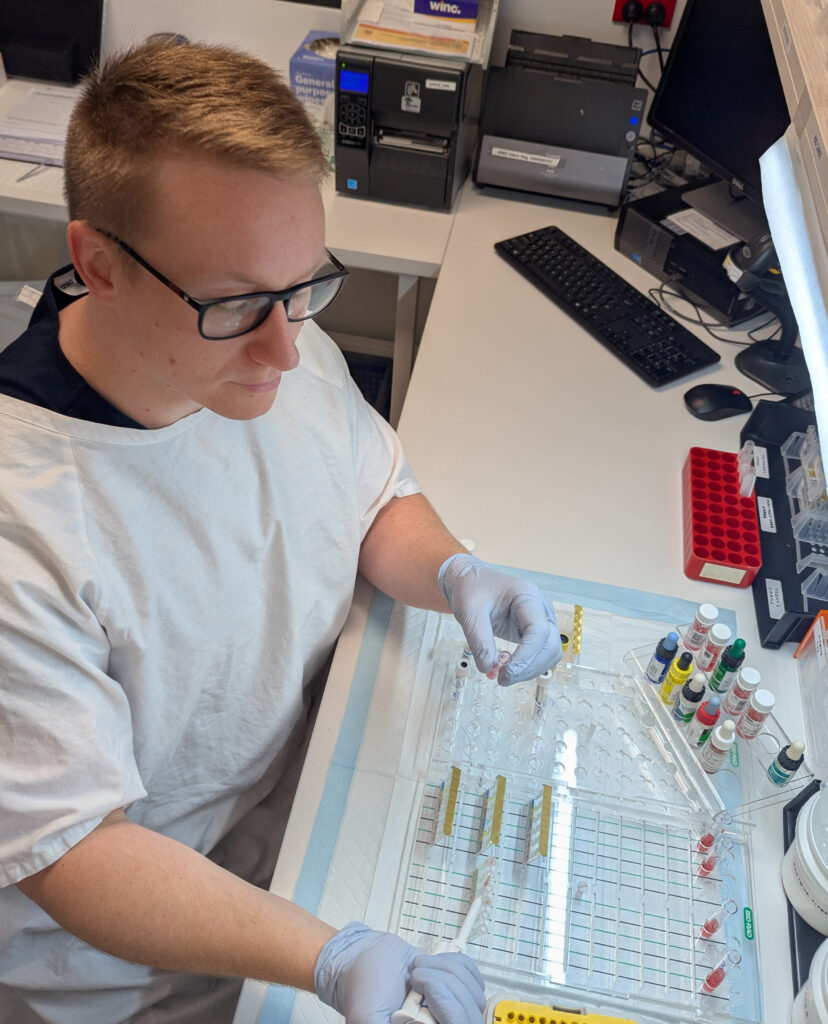
Meet Dr Anila Hashmi, medical scientist from Liverpool.
Tell us what you do and why it matters
I’m a medical scientist from NSW Health Pathology’s Biochemistry Department at Liverpool, and I have over 20 years’ experience working in labs, mentoring others and conducting research. My work bridges diagnostic testing and translational research, focusing on improving early cancer detection of solid tumours through innovative biomarker validation. Because late tumour diagnosis remains one of the greatest challenges when it comes to a person’s survival. We want to transform these research discoveries into clinical tools can significantly enhance patient care and save lives.
What was your scientific career path?
I completed a degree in diagnostic laboratory science, a Master of Science in Medicine (Laboratory) from the University of Sydney and I’ve just finished my PhD in Cancer Biomarkers. I’m a RCPA Clinical Scientist Fellowship trainee in Chemical Pathology and Honorary Visiting Fellow at UTS, where I support mentoring and education of future medical scientists. I’m passionate about fostering innovation and growing and supporting future scientists.
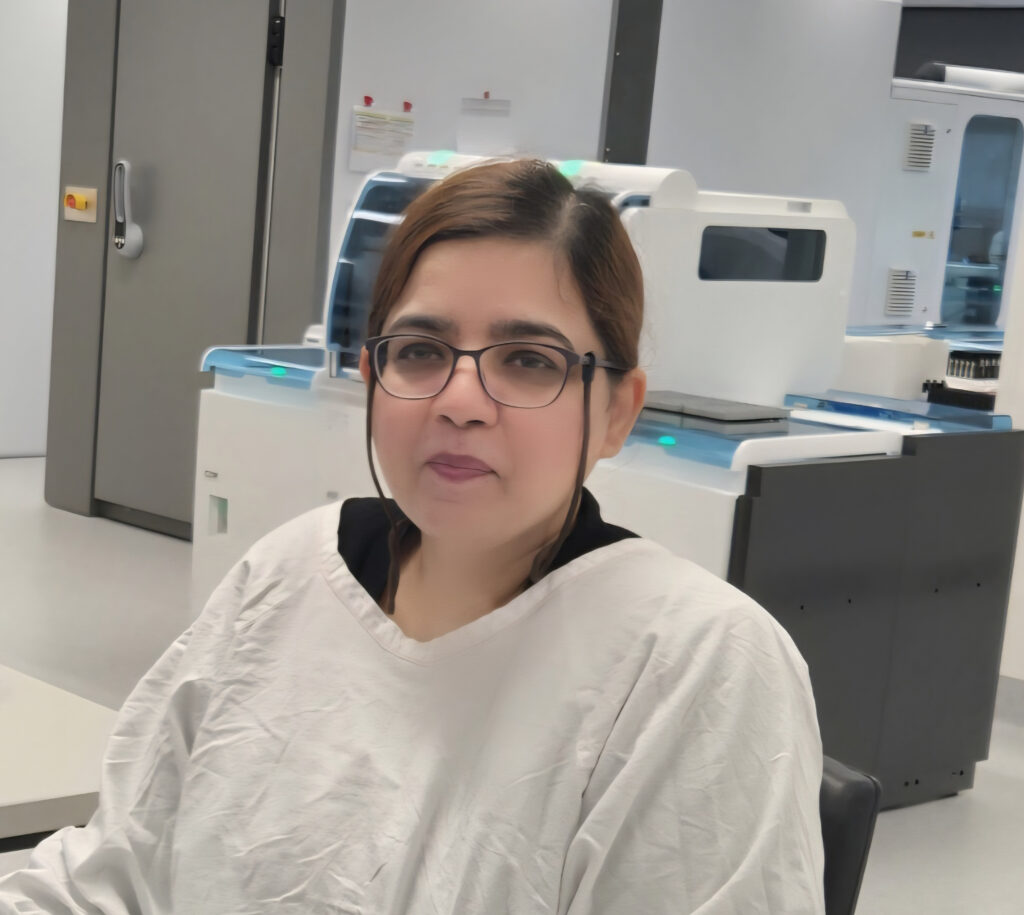
Meet David Mossman – senior scientist in Newcastle
Tell us about your role and why it matters
I’m a senior scientist in our Genomics Statewide Sequencing Service and Molecular Medicine Department located at John Hunter Hospital, Newcastle. My team is performing testing for PrOSPeCT (Precision Oncology Screening Platform enabling Clinical Trials), Australia’s largest cancer genomics initiative. It will provide faster access to the most advanced cancer fighting treatments – genomic profiling and matching to precision treatments, including early-stage clinical trials.
What was your scientific career path?
My interest in science started in high school and I completed a Bachelor of Science (Biotechnology) at the University of Newcastle, before going onto to placements in the Molecular Genetics Lab in Newcastle, working in clinical trials, and a stint as a researcher at the Hunter Medical Research Institute.
Share an interesting case you’ve worked on
We don’t always hear how our work helps a patient, but one case stands out. A couple of years ago, an oncologist contacted us for an urgent test for a patient who was rapidly deteriorating with an aggressive tumour. We were able to perform rapid testing and provide a result that enabled targeted therapy. The patient responded well and was able to return home shortly after. The oncologist called us to thank us for our help, which is the best feedback a lab could receive.
